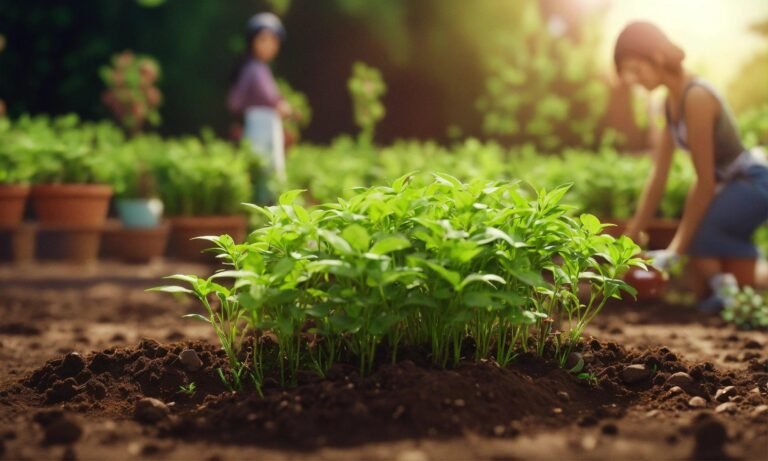Pollinators such as bees, butterflies, birds, and bats are essential for the health and vitality of a garden. They play a crucial role in the reproduction of plants by transferring pollen from one flower to another, allowing them to produce fruits, seeds, and new plants. Without pollinators, many plants would not be able to reproduce, resulting in a loss of biodiversity and a decline in overall ecosystem health.
If you want to attract pollinators to your garden and help support their populations, there are several tips and tricks you can use to create a welcoming environment for them.
One of the first steps in attracting pollinators to your garden is to plant a diverse range of flowers and plants that produce nectar and pollen. Different pollinators are attracted to different types of flowers, so having a variety of plants will help ensure that you attract a diverse group of pollinators. Opt for native plants whenever possible, as they are well adapted to the local climate and soil conditions, making them more attractive to local pollinators.
In addition to planting a variety of flowers, it is important to provide a water source for pollinators. Bees and butterflies in particular need water to survive, so consider setting up a shallow dish filled with water or a small birdbath in your garden. Make sure to keep the water clean and fresh to prevent the spread of disease among pollinators.
Another key factor in attracting pollinators to your garden is to provide shelter and nesting sites. Many pollinators, such as bees, butterflies, and birds, require sheltered areas to rest and nest. You can create habitat for pollinators by leaving patches of bare ground for ground-nesting bees, providing bee boxes or butterfly houses, or planting trees and shrubs that offer shelter and protection from predators.
Avoid using pesticides in your garden, as they can be harmful to pollinators and other beneficial insects. Instead, opt for natural pest control methods such as practicing crop rotation, using companion planting techniques, and encouraging natural predators such as ladybugs and lacewings. By creating a healthy, pesticide-free environment, you will attract more pollinators and support a thriving ecosystem in your garden.
Lastly, be mindful of the timing of your garden maintenance activities. Many pollinators are most active during certain times of the day or year, so try to schedule your gardening tasks accordingly. For example, avoid mowing or pruning plants in the early morning or evening when bees are most active, and leave flowers and plants standing through the winter to provide food and shelter for pollinators during the colder months.
By following these tips and tricks, you can create a pollinator-friendly garden that attracts a diverse array of pollinators and supports their populations. Not only will you enjoy a more vibrant and colorful garden, but you will also be contributing to the conservation of these important creatures and the overall health of the ecosystem.
#Buzz #Attracting #Pollinators #Garden #Tips #Tricks
How to attract pollinators to the garden?
Discover more from Gardening with Ecorganicas-Source for Organic Gardening Tips
Subscribe to get the latest posts sent to your email.








